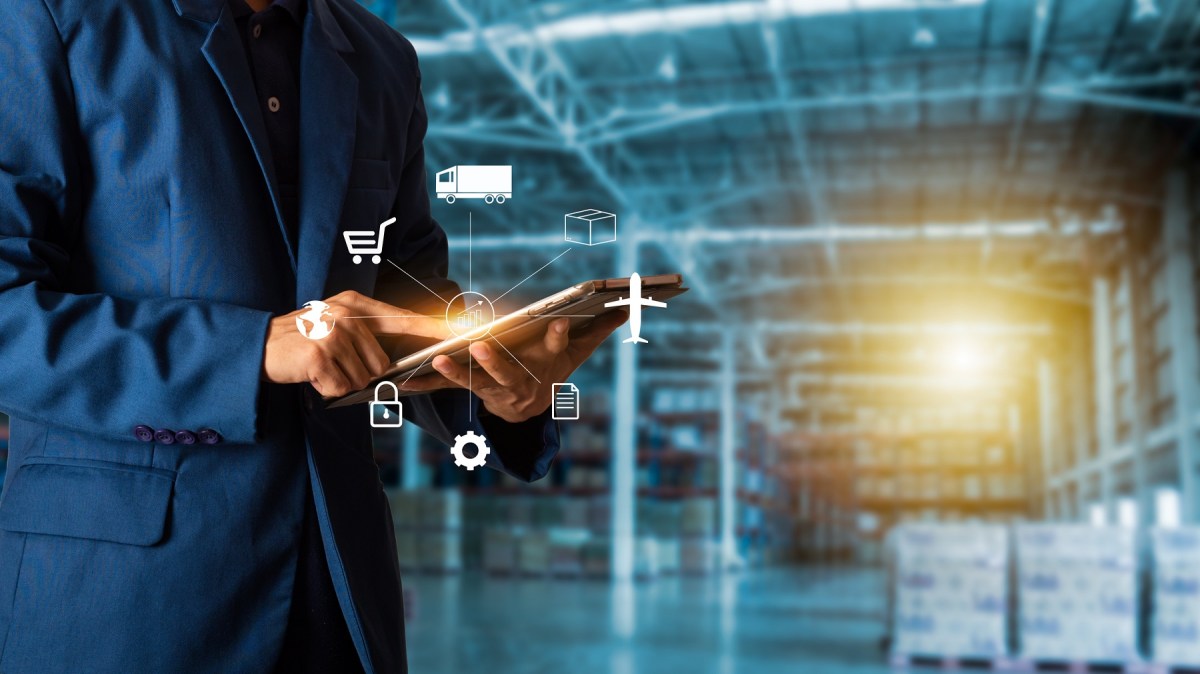Whether a crisis lasts for weeks, months or years, it is clear that the global response to the pandemic has fundamentally changed consumer realities and the retailers they do business with.
Whether it’s political upheaval causing shortages in microchips for cars or electrical devices, volcanoes grounding international travel, or more recently, a global pandemic, consumer behaviour has significantly changed as a result. And so, now is the time to face that fact and start adapting to the ever-changing nature of the pandemic as it continues to soar throughout the nation and the globe.
Below are five key ways the pandemic has changed the retail industry for good, and why learning from what we’ve seen in the past two years will be pivotal to moving forward in the right direction when it comes to retail and the supply chain this year.
The importance of employees
First and foremost, the pandemic was a human challenge. Sure, it impacted industries, economies and governments all over the globe, but it was people that felt its effects so deeply at home and in their professional capacities. One of the brighter silver linings from the pandemic has been the emphasis it shone on the importance of people overall – especially in the retail and supply chain space.
This shift in thinking around employees is leading to higher wages, more workplace engagement, and smarter, more intuitive systems, not to mention a greater awareness and discussion around the mental and physical well-being of employees in stores, warehouses and delivery routes. It has provided a good dose of humanity an recognition for the people who have been (and indeed remain) responsible for keeping commerce running in the face of huge challenges.
The unstoppable acceleration of ecommerce
Customers shopped online well before the pandemic, but a desire to limit physical contact with stores unleashed a new level of demand, all whilst encouraging retailers to roll out new options, resulting in new consumer habits and expectations.
While consumers continue to shop at stores, increasingly they also schedule curbside pickup, click & collect services, and even sign up for store-to-door grocery delivery services.
As consumer behaviors continue to evolve, expectations for eCommerce, along with the blended, hybrid options for fulfilment, continue to gather pace. But are we equipped to deal with these new hybrid customer expectations in the year ahead?
Contactless shopping experiences
Given the safety concerns of the last two years, consumers opted for contactless card payments above all else, and it turns out they liked it. Mobile payments and even options such as ‘pay-by-link’ or via QR codes instead over handling cash have grown significantly in popularity, thereby shifting the emphasis from touching traditional POS terminal keypads.
Several players acted quickly in response to this change. Mastercard, which reports that 85% of its transactions in Australia are contactless, raised the limits for contactless payments in Australia from AU$100 to AU$200 for Mastercard users, enabling more transactions to take place without the need to touch pain pad. Prolonged social distancing has further ingrained this ‘touch-free’ consumer habit, which now seems firmly here to stay.
Reimagined stores
As the boom in online shopping continues, the last-mile delivery market has matured as a result. Curbside and click & collect pickup has become a mainstay for many retail brands, with many more expected to follow suit in 2022.
While retailers could lose out on upsell from consumers browsing their physical stores, retailers need to explore more pickup options in order to control delivery costs cutting into margins. Brands also need to reimagine the fundamental function of what a store is and what it has the potential to do. Stores are no longer just a brand showroom for customers to browse at their leisure, they also serve as fulfilment and returns hubs for all manners of goods purchased in every different way you could imagine, including online, from different store locations, in-app, or even via social media.
The pandemic caused retailers to rethink the philosophy behind the store – and the result, today’s stores are supply chain hubs, which includes all of the backroom inventory and fulfilment technology needed to make it run smoothly, rather than simply the traditional retail showroom with its rather perfunctory capabilities
Make a customer, not a sale
With less literal face-to-face time, retailers have had to think long and hard about the impact these massive changes have had on their customer bases, as well as the effects on customer relationships.
For example, how do you maintain trust in your brand and your products and services when everything has to be done remotely or virtually? How will you reset expectations once the challenges of the pandemic have passed? Or indeed, how will you recover and maintain the customer experience in the future?
The pandemic changed the ways brands look at, build, and foster customer loyalty – to the point where shoring up the customer relationship has now become just as important as shoring up the bottom line.
However, this is not without its own challenges and the need for added investment in technology and processes is becoming increasingly vital. Pulling together progressively dissimilar online threads in order to create an accurate profile of a digital customer is a must. Having this information, which should be available in a unified system in the backend of a supply chain, along with customer-facing retail solutions, is key to customer loyalty and increased sales in a post-pandemic world, as without it, retailers would be left either underprepared or overwhelmed when consumers come to the crunch.
Raghav Sibal is managing director for Australia and New Zealand at Manhattan Associates.

